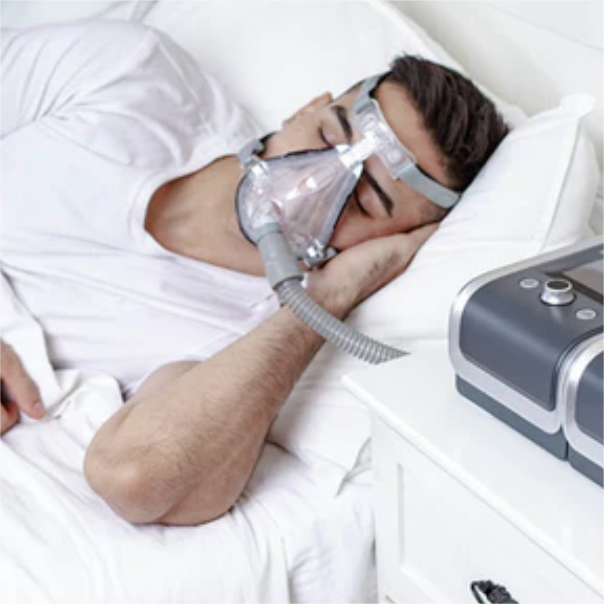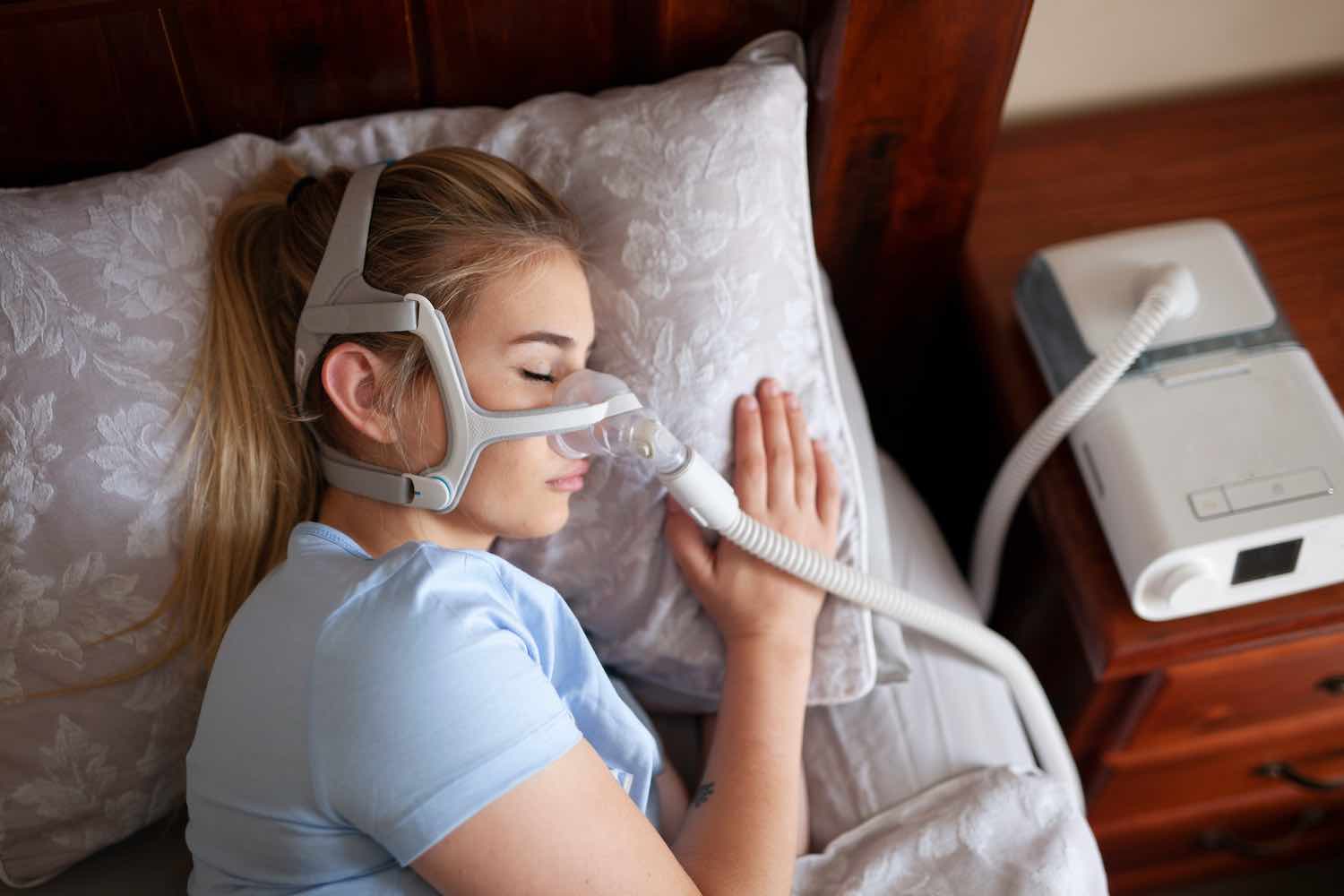BiPAP Rental: Hassle-Free Solutions for Temporary Needs
BiPAP Rental: Hassle-Free Solutions for Temporary Needs
Blog Article
Bipap vs. CPAP: Which Is the Best for Your Sleep Condition?
When browsing the intricacies of sleep problems, the option between BiPAP and CPAP treatment is an essential factor to consider. While CPAP offers a consistent airflow appropriate for obstructive sleep apnea, BiPAP's double stress setups may boost comfort for those with even more intricate respiratory issues.
Comprehending Sleep Disorders
Rest disorders include a series of problems that interrupt regular sleep patterns, impacting both the top quality and period of rest. These conditions can show up in different forms, consisting of sleeplessness, rest apnea, narcolepsy, troubled leg disorder, and parasomnias. Each condition provides special challenges, often causing substantial daytime exhaustion, cognitive impairment, and psychological disturbances.
Sleep problems is defined by problem dropping or staying asleep, while sleep apnea entails duplicated interruptions in breathing during sleep, often causing fragmented rest. Narcolepsy, on the other hand, is noted by too much daytime sleepiness and abrupt sleep assaults. Troubled leg syndrome triggers uneasy experiences in the legs, motivating an unmanageable desire to move them, which can additionally hinder the capability to drop off to sleep.
The impact of rest conditions extends beyond private health and wellness, affecting total efficiency, connections, and lifestyle. Recognizing the specific nature of each condition is essential for reliable diagnosis and therapy. As sleep health and wellness ends up being increasingly acknowledged as an important element of general health, resolving these disorders is crucial for improving both rest quality and daily performance.
How CPAP Works
Continuous Favorable Airway Pressure (CPAP) therapy is frequently employed as a primary treatment for obstructive sleep apnea (OSA) The system of CPAP includes making use of a maker that supplies a constant stream of air through a mask worn throughout sleep. This air flow keeps positive stress in the respiratory tract, protecting against the collapse or obstruction of the throat that can take place during rest.
When a client inhales, the CPAP device offers a constant flow of air, guaranteeing that the air passage stays open - BiPAP Rental. This not only minimizes the symptoms of OSA, such as snoring and interfered with rest patterns, yet also lowers the involved wellness dangers, including cardiovascular difficulties and daytime exhaustion
The stress setups on a CPAP machine can be customized to fulfill individual client demands, usually established with a rest research. On the whole, CPAP treatment has actually been shown to considerably improve the quality of sleep and total wellness for people experiencing from obstructive rest apnea.
Just How BiPAP Works
BiPAP, or Bilevel Favorable Air Passage Pressure, is a specific kind of non-invasive ventilation that is specifically valuable for patients with conditions such as complicated rest apnea or breathing disorders. Unlike CPAP, which delivers a continuous stream of air at a single stress, BiPAP gives 2 unique stress settings: a greater inspiratory stress for inhalation and a reduced expiratory stress for exhalation. This dual-pressure method enables simpler breathing, reducing the initiative needed during exhalation.
The gadget operates with a mask fitted over the nose or mouth, linked to a machine that creates air pressure. When the person her response inhales, the device provides the greater stress to assist with airflow, ensuring that the airway continues to be open. Upon exhalation, the machine immediately decreases the stress, making it more comfy for the client to take a breath out.

Secret Distinctions In Between BiPAP and CPAP
:max_bytes(150000):strip_icc()/GettyImages-635878206-25ee9a42856f41cfab94873074580679.jpg)
In comparison, BiPAP (Bilevel Positive Air passage Stress) uses two different stress setups: one for inhalation and a reduced one for exhalation. This twin pressure system enables for more comfy breathing, particularly for individuals who deal with breathing out versus a constant pressure. BiPAP is usually suggested for people with complicated sleep apnea, persistent obstructive pulmonary disease (COPD), or those that require added support throughout sleep.
In addition, the complexity of BiPAP devices commonly leads to a greater expense and requires much more cautious titration than CPAP. BiPAP Rental. Recognizing these vital differences can aid in recognizing which tool might be extra suitable for certain sleep problems, setting the foundation for informed therapy decisions
Selecting the Right Therapy
The decision between BiPAP and CPAP therapy primarily pivots on the certain characteristics of the sleep condition, the patient's total wellness, and their convenience with the device. CPAP, which delivers a constant stream of air, is commonly suggested for obstructive rest apnea (OSA)
On the other hand, BiPAP offers two levels of stress: one for breathing and a reduced one for exhalation. This twin pressure system is helpful for people with complicated sleep apnea or those who experience problem breathing out against more information a continuous pressure. Additionally, BiPAP is often suggested for people with breathing problems, such as chronic obstructive pulmonary illness (COPD), where differing stress setups can improve comfort and compliance.
Eventually, an extensive assessment by a sleep specialist, including a sleep study, can assist identify which therapy straightens best with the client's needs. Factors such as convenience, ease of use, and specific clinical conditions must additionally be taken into account to optimize therapy results.
Verdict
In recap, both BiPAP and CPAP offer unique functions in the monitoring of rest conditions. CPAP works for obstructive rest apnea through regular air flow, while BiPAP provides double stress settings that enhance convenience for those with complicated sleep apnea or respiratory system concerns. The option in between these treatments need to be led by private requirements and problems, necessitating an extensive evaluation by a sleep specialist to ensure optimum treatment end results and boosted top quality of rest.

Overall, CPAP therapy has been revealed to dramatically improve the high quality of rest and total wellness for people enduring from obstructive rest apnea.
BiPAP is frequently advised for people with complex sleep apnea, persistent obstructive pulmonary condition (COPD), or those who look at this now call for added assistance throughout rest.
CPAP is efficient for obstructive rest apnea with consistent air flow, while BiPAP provides twin pressure setups that boost comfort for those with complicated sleep apnea or respiratory system concerns.
Report this page